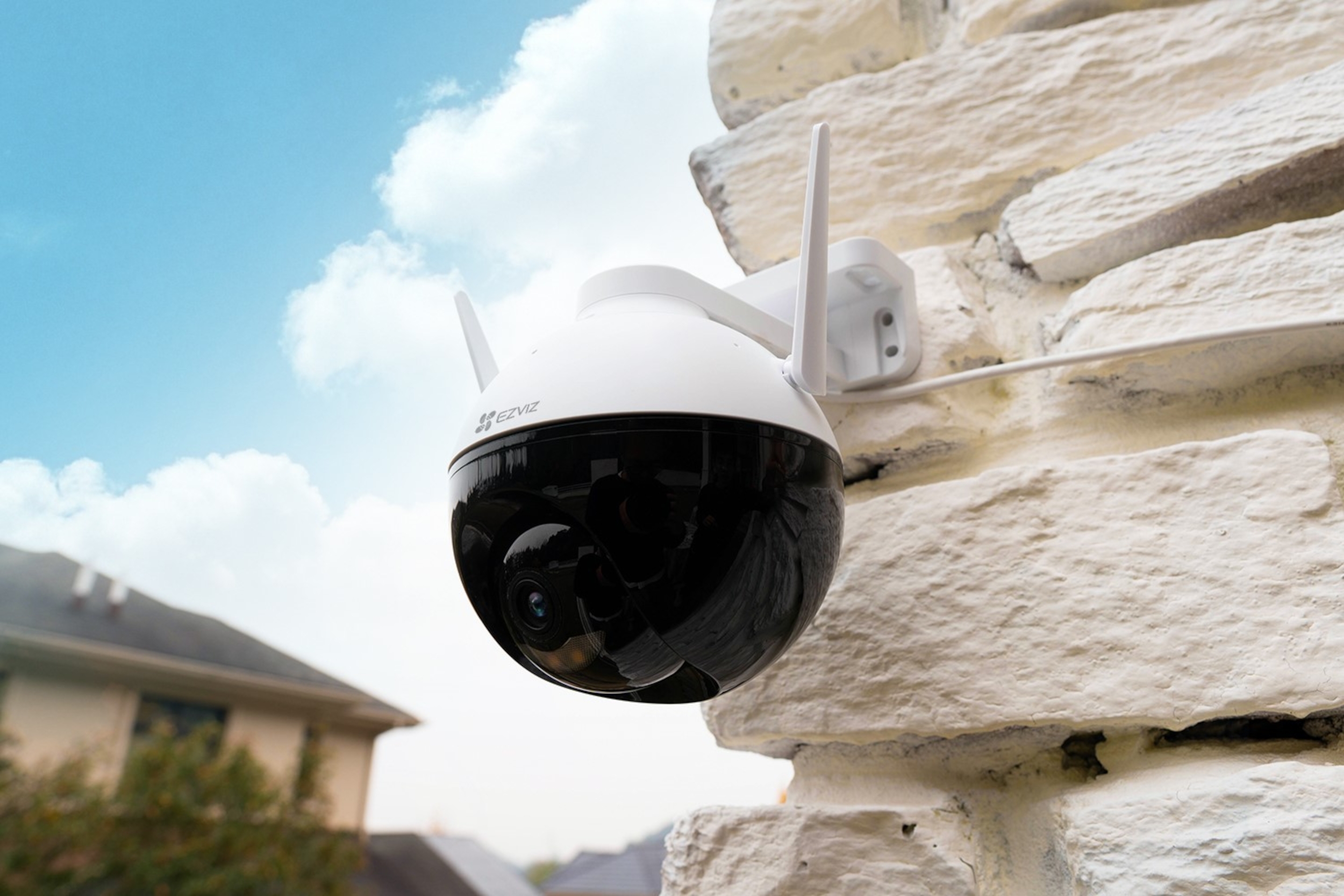Our homes are our sanctuaries, and safeguarding it should be a top priority. Shocking statistics from 2021 reveal that Delhi’s capital union territory had the highest robbery rate, surpassing 11 reported cases per 100,000 people. Nationally, there were over 29 thousand robbery cases that year. These figures, however, only scratch the surface, as the actual number of robberies may be considerably higher.
While we may take measures like installing sturdy grills, high-profile entry-exit systems, or even manning the boundaries, it is important to recognise that burglaries are still possible. That’s why it is crucial to fortify our home’s security by installing CCTV cameras. However, simply having cameras is not enough. Optimum placement of these cameras is essential to maximise their effectiveness. The right camera placement ensures comprehensive coverage, minimises blind spots, and provides valuable evidence in the event of any security incidents.
Here are key ways to optimise CCTV camera placement for maximum coverage and safeguarding of your home.
Cover the entire perimeter: When deciding the placement of CCTV cameras, it is crucial to ensure comprehensive coverage by strategically positioning them to cover the whole frame of your property. This means installing cameras at key locations such as the front and back doors, windows, terraces, rooftops, and even in secluded areas like parking lots, garages, or gardens that may be attractive to potential intruders. Doing so minimises blind spots and increases the chances of capturing any suspicious activity or unauthorised access from various angles. Additionally, it allows for a more thorough review of recorded footage and in case of any security breach, offering valuable proof.
Clear obstructions for unobstructed views: It is crucial to consider potential obstructions blocking the camera’s field of view. Obstructions such as trees, buildings, or other objects can significantly impact the effectiveness of your CCTV coverage, as they may block crucial areas from surveillance. It is important to clear away any obstructions in the camera’s line of sight to maximise visibility. This may involve trimming overgrown vegetation, repositioning objects, or finding alternative camera placement locations. A clear line of sight is fundamental in optimising your CCTV system’s effectiveness and maintaining your home’s security.
Install multiple cameras with different capabilities: Instead of solely relying on a single camera, optimise your CCTV system by incorporating multiple cameras with various capabilities. Consider cameras with night vision capabilities, enabling clear imaging even in low-light conditions. This ensures reliable surveillance throughout the day, including during peak burglary hours. Research conducted in Delhi during April 2022 found that 36% of robberies occurred between 8 pm and midnight, while an additional 11% took place from midnight to 4 am. Therefore, cameras with night vision can effectively monitor and capture incidents during these crucial time periods. Additionally, cameras with wide-angle lenses provide broader coverage and capture a larger area within the frame. Opting for higher resolutions, such as 2K+ resolution, ensures sharper details in the recorded footage, facilitating better identification of individuals or objects.
Furthermore, cameras with pan and tilt or 360-degree vision offer flexible monitoring options, allowing you to adjust the camera’s position remotely and monitor a wider range of areas. This combination provides versatile coverage and enables you to capture critical incidents or activities precisely and clearly.
Mount cameras at optimum height: When mounting cameras, it is important to consider factors such as tampering and obstruction. Position the cameras at elevations less susceptible to tampering or vandalism, reducing the risk of unauthorised interference. Additionally, aim for a downward angle when mounting the cameras to ensure clear visibility of faces and potential identifying features. This angle provides a better perspective and more accurate identification in recorded footage.
Motion detection and alerts for real-time monitoring: Incorporating motion detection capabilities in your cameras is crucial for real-time monitoring. Enable motion detection algorithms that trigger instant alerts or notifications to your smartphone or connected devices upon detecting movement. This feature ensures prompt awareness of any suspicious activity, enabling you to take immediate action even if you are not home.
In conclusion, it is important to remember that every house is unique, and thus, each requires a customised CCTV system tailored to its specific needs. While the tips mentioned above provide a solid foundation for optimising CCTV placement, seeking the guidance of professionals is highly recommended if you remain uncertain about the ideal camera placements for your property. Security experts can assess your home’s layout and provide personalised recommendations to maximise coverage and effectiveness.
Additionally, consider investing in quality cameras and regularly maintaining your CCTV system to ensure optimal performance. Remember to review local laws and regulations regarding CCTV installations to ensure compliance. By following these guidelines and seeking professional advice, you can create a reliable and tailored CCTV system to enhance the security of your home.
Written by: Mr. Bipin Gupta, Product Manager, EZVIZ







